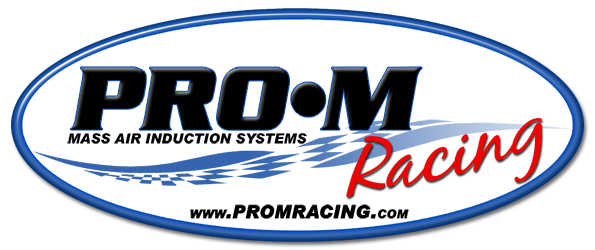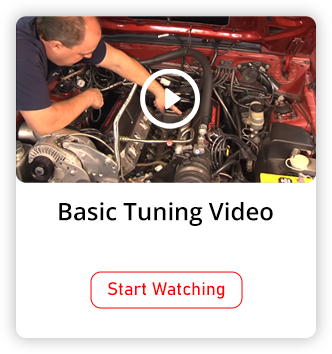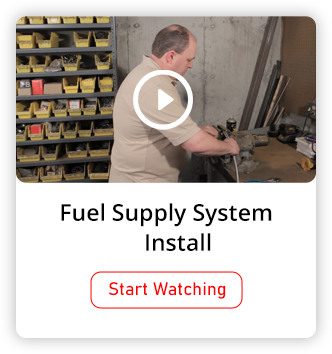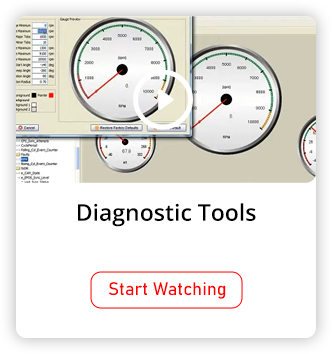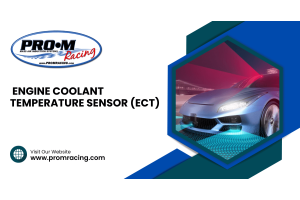FUEL SYSTEM: COMPONENTS, WORKING PRINCIPLES, SYMPTOMS AND EMISSION CONTROLS
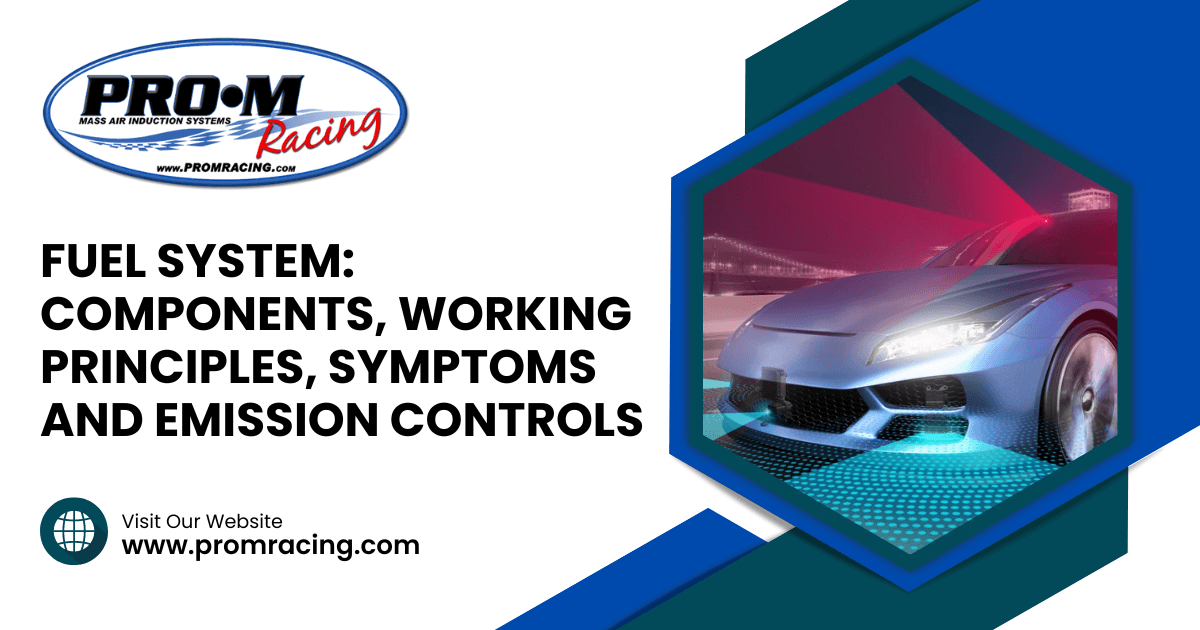
The function of the fuel system is to store and supply fuel to the cylinder chamber where it can be mixed with air, vaporized, and burned to produce energy. The fuel, which can be either gasoline or diesel is stored in a fuel tank. A fuel pump draws the fuel from the tank through fuel lines and delivers it through a fuel filter to either a carburetor or fuel injector, then delivers it to the cylinder chamber for combustion.
Let's break down each aspect of the fuel system:
Components of a Fuel System:
- Fuel Tank: Stores the fuel.
- Fuel Pump: Transfers fuel from the tank to the engine.
- Fuel Filter: Removes impurities from the fuel before it reaches the engine.
- Fuel Injectors/Carburetor: Deliver fuel into the engine's combustion chamber.
- Fuel Pressure Regulator: Maintains optimal fuel pressure within the system.
- Fuel Lines: Transport fuel from the tank to the engine components.
- Fuel Rail: Distributes fuel to the injectors in a fuel-injected system.
- Throttle Body: Regulates the amount of air entering the engine in fuel-injected systems.
- Fuel Pressure Sensor: Monitors fuel pressure and sends signals to the engine control unit (ECU).
- Fuel Tank Ventilation System: Prevents pressure buildup in the fuel tank.
Working Principles:
- Fuel Delivery: The fuel pump draws fuel from the tank and sends it to the engine.
- Fuel Combustion: The fuel mixes with air in the combustion chamber and burns to generate power.
- Fuel Injection: In fuel-injected engines, the injectors precisely spray fuel into the combustion chamber. In carbureted engines, the carburetor mixes air and fuel before delivering it to the engine.
- Fuel Regulation: The fuel pressure regulator maintains consistent fuel pressure within the system to ensure proper engine performance.
- Fuel Monitoring: Sensors monitor various parameters such as fuel pressure, air-fuel ratio, and engine temperature to optimize fuel delivery and combustion.
Symptoms of Fuel System Issues:
- Poor Fuel Economy: Decreased mileage despite normal driving conditions.
- Engine Misfires: Hesitation or stuttering during acceleration.
- Hard Starting: Difficulty starting the engine, especially when cold.
- Stalling: Engine cuts out unexpectedly, especially at idle.
- Fuel Smell: Noticeable fuel odor inside or outside the vehicle.
- Check Engine Light: Illumination of the check engine light due to fuel-related errors.
- Black Smoke from Exhaust: Excessive black smoke indicating rich fuel mixture.
- Fuel Leaks: Visible leaks under the vehicle or around fuel system components.
Emission Controls:
- Catalytic Converter: Converts harmful pollutants in the exhaust into less harmful gases.
- Oxygen Sensors (O2 Sensors): Monitor the oxygen content in the exhaust gases to adjust fuel mixture for optimal combustion.
- Evaporative Emission Control System (EVAP): Prevents fuel vapors from escaping into the atmosphere by storing them in a charcoal canister and then reintroducing them into the engine for combustion.
- Exhaust Gas Recirculation (EGR): Recirculates a portion of exhaust gas back into the engine to reduce nitrogen oxide emissions by lowering combustion temperatures.
- Positive Crankcase Ventilation (PCV) System: Recycles crankcase gases back into the engine to reduce emissions.
These components, principles, symptoms, and emission controls are vital for maintaining the efficiency, performance, and environmental friendliness of a vehicle's fuel system. Regular maintenance and prompt attention to any issues can help ensure the proper functioning of the fuel system.
